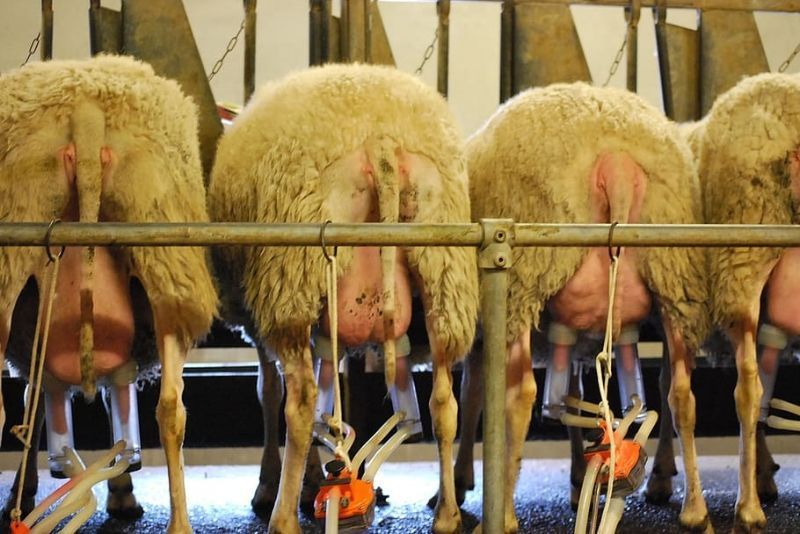Biomarkers for Feed Efficiency Found in Sheep Milk

Researchers from the Department of Animal Production at the University of León's Veterinary Faculty and the Mountain Livestock Institute (CSIC-ULE) have identified biomarkers for feed efficiency within the transcriptome—an assortment of RNA molecules—found in sheep milk. This advancement is poised to have implications for the dairy industry, particularly amid escalating feed costs.
The discovery emerges amidst rising prices for protein-rich foods, such as soy, which have significantly driven up nutritional costs in recent years. According to data shared by Efe, the risk exists that these prices might persistently climb or that protein-rich concentrates may become scarce due to geopolitical conflicts or occurrences related to climate change. The study, which has been published in 'Animal: The International Journal of Animal Biosciences', outlines comprehensive evaluations conducted under the European project 'Smarter'.
The project's efforts were directed towards reducing energy and feed expenditure while boosting economic performance in the dairy sector. One pivotal approach scrutinized the impact of protein restriction during prepuberty on lactation performance, feed efficiency, and the milk transcriptome during first lactation, suggesting minimal adverse effects on these traits. Another focus examined transcriptomic changes in milk associated with divergent feed efficiency in lactating sheep, thereby unveiling biological underpinnings and establishing biomarkers as potential indicators of feed efficiency.
Sheep dairy farming plays a significant economic role in Mediterranean nations by providing employment opportunities and sustaining rural populations.











